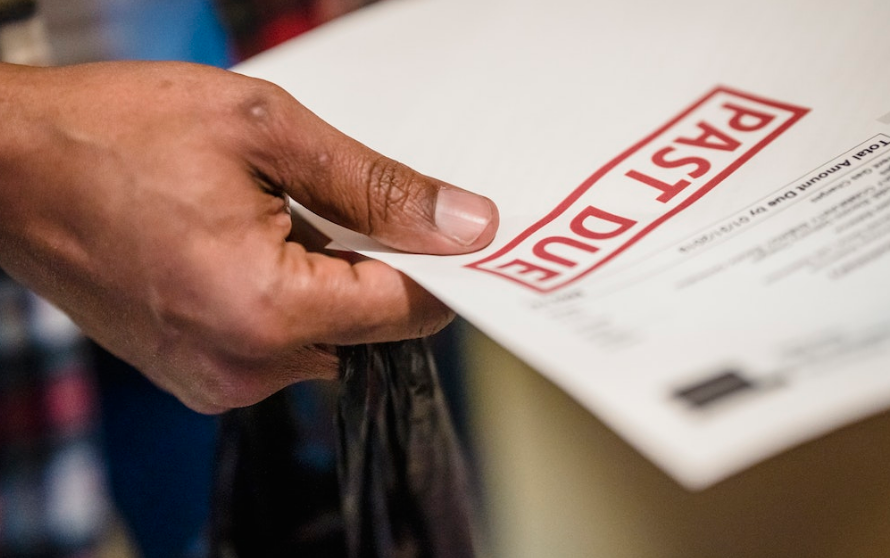
Can a Mechanic’s Lien Be Avoided in Bankruptcy?
This should come as no surprise: mechanic’s lien and bond claim rights vary by state. Right? We remind you of this frequently. (It’s the reason that resources like The National Lien Digest are so important.) It turns out, the time and information requirements for lien filings aren’t the only part of the lien process that is state specific.
According to an article from Robinson + Cole, The Enforceability of Mechanics’ Liens in Bankruptcy is Dependent on State Law, whether a lien can/can’t be avoided in bankruptcy is also state specific.
“In a recent decision, the Third Circuit Court of Appeals held that a mechanic’s lien filed by an unpaid supplier against a construction project, after the contractor through whom the materials were furnished filed for bankruptcy protection, was voidable. However, the Court noted that this doesn’t apply if applicable state law permitted the lien to relate back to a date prior to the filing of the petition. Under the laws of most states, perfected mechanics’ liens do in fact relate back to the first day on which the lienor furnished labor, materials, or equipment to the construction project.”
The referenced case involves an unpaid supplier who filed a mechanic’s lien, in compliance with New Jersey statute.
The contractor, who had failed to pay the supplier, filed for bankruptcy protection. Naturally, the supplier took steps to enforce its mechanic’s lien, but the contractor filed a motion claiming the supplier’s suit to enforce the mechanic’s lien was a violation of the automatic stay.
Unfortunately for the supplier, the trial court, and subsequently the appeals court, agreed with the contractor, and the supplier’s mechanic’s lien was invalidated. However, as the trial court pointed out, a lien may sometimes survive a bankruptcy, depending on the date the lien relates back to.
“[T]he result would have been different if applicable state law provided for the mechanics’ liens to relate back prior to the filing of the bankruptcy petition. …[T]he filing of a mechanic’s lien by a subcontractor did not violate the automatic stay provision because, under Pennsylvania law, the date of filing the mechanic’s lien related back to ‘the date of visible commencement upon the ground of the work of erecting or construction the improvement.’ New Jersey law contained no such provision; therefore, the mechanic’s lien was effective only as the date of filing.”
If you have concerns about a project you are furnishing to, or a party within the contractual chain filing bankruptcy, you may want to take an extra step and confirm statutory guidelines for the date to which the lien relates back.








